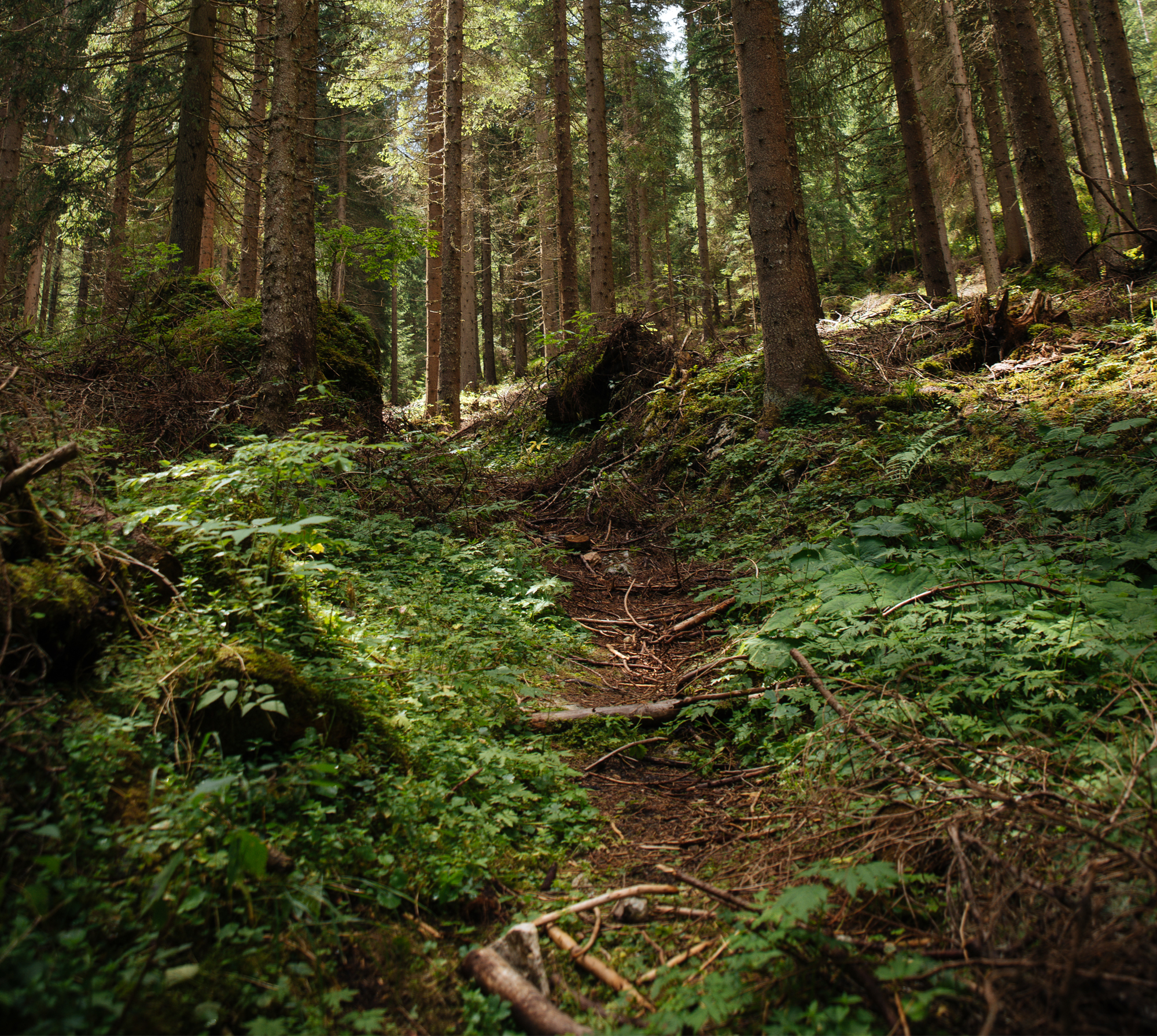
Porównanie zagęszczenia przędziorkowatych (Tetranychidae) i dobroczynkowatych (Phytoseiidae) na dębie szypułkowym (Quercus robur L.) w lasach na obszarach naturalnym i przemysłowym
Comparing densities of spider mites (Tetranychidae) and predatory mites (Phytoseiidae) on the common oak (Quercus robur L.) in forests of natural and industrial areas
Autorzy
-
Magdalena Lubiarz
Katolicki Uniwersytet Lubelski Jana Pawła II, Katedra Ochrony Środowiska Przyrodniczego i Krajobrazu, ul. Konstantynów 1H, 20-708 Lublin
Tel. +48 81 4454539, e-mail: lubiarz@kul.pl
Abstrakt
This paper presents results of studies conducted in the forest areas of the Polesie National Park and in the surroundings of the chemical producer Zakłady Azotowe in the town of Puławy on the abundance of mites from the families Tetranychidae and Phytoseiidae. These studies were conducted on eight different sites in the years 2002–2004 and aimed at answering the question of whether mite abundance is related to factors such as area, site and year. In total, 8894 specimen of the spider mite family and 1835 specimen of the predatory mite family were collected. Spider mites were more abundant in Puławy than in the Polesie National Park, whilst the abundances of predatory mites were similar in both study areas. For spider mites, statistically significant differences were found in terms of study area and site, but also in terms of the study area in relation to the year of investigation. In the case of predatory mites, statistically significant differences were also found in terms of the study area in relation to the year of investigation.
Słowa kluczowe
| DOI | DOI: 10.1515/frp-2016-0020 |
|---|---|
| Source | Leśne Prace Badawcze, 2016, 77 (3): 177–185 |
| Print ISSN | 1732-9442 |
| Online ISSN |
2082-8926 |
| Type of article |
Original article |
| Original title |
Porównanie zagęszczenia przędziorkowatych (Tetranychidae) i dobroczynkowatych (Phytoseiidae) na dębie szypułkowym (Quercus robur L.) w lasach na obszarach naturalnym i przemysłowym |
| Publisher | Instytut Badawczy Leśnictwa, Sękocin Stary, Poland |
| Date | 2016, September |
- Lubiarz M. Porównanie zagęszczenia przędziorkowatych (Tetranychidae) i dobroczynkowatych (Phytoseiidae) na dębie szypułkowym (Quercus robur L.) w lasach na obszarach naturalnym i przemysłowym
- Skarżyński D., Piwnik A., Krzysztofiak A. Saproksyliczne skoczogonki (Collembola) Wigierskiego Parku Narodowego
- Smoleński M. Preferencje mieszkańców Białegostoku względem leśnych usług rekreacyjnych – potrzeba aktywności fizycznej
- Chomicz-Zegar E., Niemtur ., Kapsa M., Ambroży S. Występowanie zgnilizny odziomkowej drzew matecznych jodły pospolitej Abies alba Mill. i świerka pospolitego Picea abies (L.) z nadleśnictw karpackich
- Aniszewska M., Błuszkowska U. Zmienność szyszek jodły pospolitej (Abies alba Mill.) – zmienność parametrów zewnętrznych szyszek
- Kożuch A., Ryś M. Ocena ekonomicznej efektywności gospodarki leśnej prowadzonej przez Leśny Zakład Doświadczalny w Krynicy
- Rąkowski G., Czarnocki K., Ukalska J. Awifauna lęgowa dojrzałych drzewostanów Puszczy Boreckiej i jej zmiany na przełomie XX i XXI wieku
- Kasprzyk W., Jastrzębowski S. Wpływ podcinania korzeni i nawożenia na cechy biometryczne dwuletnich sadzonek buka zwyczajnego (Fagus sylvatica L.)
- Kwaśna H., Mazur A., Łabędzki A., Kuźmiński R., Łakomy P. Zbiorowiska grzybów w rozkładającym się drewnie dębu i sosny

